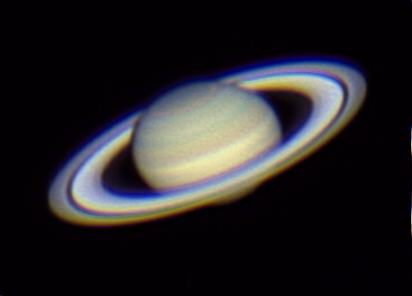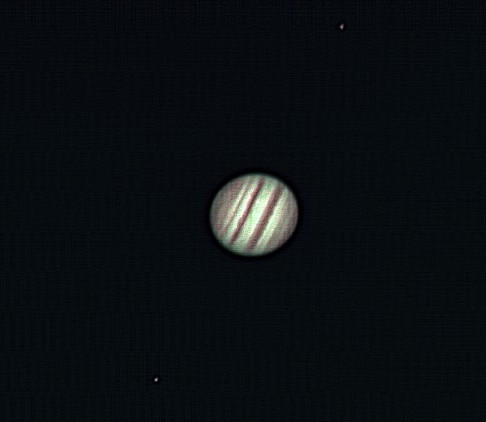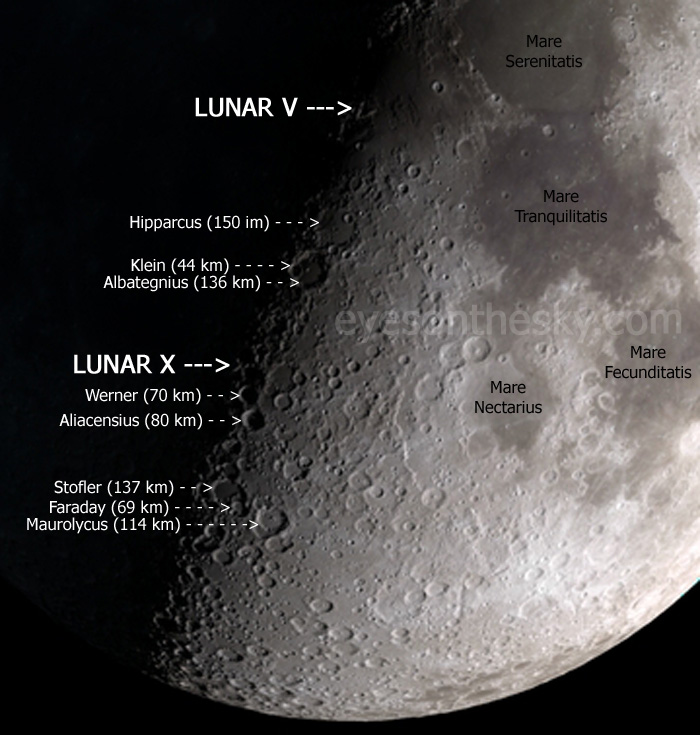Intermarkets' Privacy Policy
Donate to Ace of Spades HQ!
aceofspadeshq at gee mail.com
Buck:
buck.throckmorton at protonmail.com
CBD:
cbd at cutjibnewsletter.com
joe mannix:
mannix2024 at proton.me
MisHum:
petmorons at gee mail.com
J.J. Sefton:
sefton at cutjibnewsletter.com
Sunday Morning Book Thread - 12-07-2025 ["Perfessor" Squirrel]
Daily Tech News 7 December 2025
Saturday Night "Club ONT" December 6, 2025 [The 3 Ds]
Saturday Evening Movie Thread [moviegique]: Rental Family
Hobby Thread - December 6, 2025 [TRex]
Ace of Spaces Pet Thread, December 6
Gardening, Home and Nature Thread, Dec. 6
Why THIS Story NOW?
The
Jim Sunk New Dawn 2025
Jewells45 2025
Bandersnatch 2024
GnuBreed 2024
Captain Hate 2023
moon_over_vermont 2023
westminsterdogshow 2023
Ann Wilson(Empire1) 2022
Dave In Texas 2022
Jesse in D.C. 2022
OregonMuse 2022
redc1c4 2021
Tami 2021
Chavez the Hugo 2020
Ibguy 2020
Rickl 2019
Joffen 2014
maildrop62 at proton dot me
TBD
Spaced-Out Challenge: The Lunar X

Welcome again to the Spaced-Out Challenge! Whether you have a question about equipment, a new astronomical discovery you want to expand on, or just want to kick back and enjoy the cosmos above, come one come all on our weekly astronomical journey.
This week, I'm phoning things in a bit since I have a lot of prep work for the Mississippi and Iowa primaries, but I want to pass along a very intriguing lunar feature for owners of small telescopes, the Lunar X. Amateur astronomy Dave Fuller, who runs an excellent blog covering all sorts of topics for beginners, cued me into it, so I'm going to forward part of his post on it. We also have a few amateur shots from across the web, including more from moron COOP, whose LOVELY Saturn image above was snapped from Suburban Dallas, proving that living in a light-polluted area is no excuse for avoiding the wonders above. Read on!
The Lunar X
From Fuller's blog:
The Lunar "X" is a transient optical feature of the Moon that occurs for about 4 hours near First Quarter phase of the Moon. Because the Earth is not always in the same place when the Moon is in this ideal sunlight location, not everywhere on Earth will always see the Lunar "X" phenomenon every month. However, it occurs frequently enough for most areas that it can be seen, on average, every few months. And it's a bright enough feature that it can even be seen in daylight - if you know when and where to look.So WHERE is it? In the southern section of the Moon, there are a LOT of craters. The southern highlands are filled with them, whereas much of the northern region is dominated by the darker, lava-filled maria. Check out this labelled graphic below to see where the “Lunar X” is visible among some of the larger craters. This graphic shows the "X" as it would appear as it is just becoming visible - see bottom of the page for the "X" at a more prominently lit time.
Lunar X and Lunar Y chart with annotated craters
Visible due to sunlight striking the tops of three craters – Purbach, LaCaille and Blanchinus – the “X” occurs when the sun is rising and striking the very top of each of them. This feature is easily visible even in very small telescopes, and tripod-mounted binoculars can show it to sharp-eyed observers. Despite it's best apparitions occurring when the sky is dark, the “X” is prominent and visible during daylight hours...
The Lunar X feature will be visible at 1:30am EDT on Thursday, June 5th (10:30pm Wednesday for us West Coast astronomers), so if you have that family scope sitting around, break it out and try to find this elusive optical feature!
Best of Amateur Astrophotography This Week
From Twitter:
#astronomy @StarTalkRadio took this pic of Saturn with my IPhone 5s on May 31st using my telescope. pic.twitter.com/IZdHOciOT5
— Dennis Luce (@Cosicop) May 31, 2014Got one of my best iPhone images of Saturn (200 stacked frames) last night through my 8" telescope. @EpicCosmos pic.twitter.com/ZBhkdCMOL3
— Andrew Symes (@FailedProtostar) June 1, 2014The moon from my uncles telescope 😝 #Astronomy pic.twitter.com/Wo0tmE3jAr
— Robert Bennyworth (@rbennyworth125) June 1, 2014Finally, a few more shots from Coop, whose 14" dobsonian, NexStar & image stacking has yielded some pretty impressive planetary shots:
.bmp)

Really great work, Coop.
The full Beginner's Buyer's Guide, our Comet Guide (featuring additional grab-and-go telescopes), and any other edition you're looking for can be found in the master index of all Spaced-Out Challenge threads here, but of course you can always inquire about binoculars, telescopes, and all the rest in the comments.
As always, if you have astrophotography, product recommendations, or astronomy news you'd like to see on a future Spaced-Out Challenge, email me at theoneandonlyfinn (at) gmail.com, or tweet me @conartcritic.
If you have any more questions about your new optics, feel free to ask below.
Until next time, clear skies to you, and keep looking up!
AltonJackson: " ESPONJA!!11!1!!11 ..."
Skip : "We haz a NOOD ..."
OrangeEnt: "Saddest time of Sunday morning. The end of the Boo ..."
Skip : "I'm on it ..."
Wolfus Aurelius, Dreaming of Elsewhere [/i] [/b] [/s]: "[i]My favorite word is still Petrichor, not becaus ..."
Kindltot: "[i]Funny thing, I just recently learned to paralle ..."
no one: "Some folks just don't have the wits to drive and s ..."
Just Some Guy: "Wolfus at 347 -- Job security. And, outta he ..."
All Hail Eris, She-Wolf of the 'Ettes 'Ettes : "Thanks for another nifty book thread, Perf and Hor ..."
NaughtyPine: "The old used paperback bookstores were like that f ..."
ERMAHGERD! NERTZERS!: "So much literal Hitler in that bookcase! ..."
Sunday Morning Book Thread - 12-07-2025 ["Perfessor" Squirrel]
Daily Tech News 7 December 2025
Saturday Night "Club ONT" December 6, 2025 [The 3 Ds]
Saturday Evening Movie Thread [moviegique]: Rental Family
Hobby Thread - December 6, 2025 [TRex]
Ace of Spaces Pet Thread, December 6
Gardening, Home and Nature Thread, Dec. 6
Why THIS Story NOW?
The
Paul Anka Haiku Contest Announcement
Integrity SAT's: Entrance Exam for Paul Anka's Band
AllahPundit's Paul Anka 45's Collection
AnkaPundit: Paul Anka Takes Over the Site for a Weekend (Continues through to Monday's postings)
George Bush Slices Don Rumsfeld Like an F*ckin' Hammer
Democratic Forays into Erotica
New Shows On Gore's DNC/MTV Network
Nicknames for Potatoes, By People Who Really Hate Potatoes
Star Wars Euphemisms for Self-Abuse
Signs You're at an Iraqi "Wedding Party"
Signs Your Clown Has Gone Bad
Signs That You, Geroge Michael, Should Probably Just Give It Up
Signs of Hip-Hop Influence on John Kerry
NYT Headlines Spinning Bush's Jobs Boom
Things People Are More Likely to Say Than "Did You Hear What Al Franken Said Yesterday?"
Signs that Paul Krugman Has Lost His Frickin' Mind
All-Time Best NBA Players, According to Senator Robert Byrd
Other Bad Things About the Jews, According to the Koran
Signs That David Letterman Just Doesn't Care Anymore
Examples of Bob Kerrey's Insufferable Racial Jackassery
Signs Andy Rooney Is Going Senile
Other Judgments Dick Clarke Made About Condi Rice Based on Her Appearance
Collective Names for Groups of People
John Kerry's Other Vietnam Super-Pets
Cool Things About the XM8 Assault Rifle
Media-Approved Facts About the Democrat Spy
Changes to Make Christianity More "Inclusive"
Secret John Kerry Senatorial Accomplishments
John Edwards Campaign Excuses
John Kerry Pick-Up Lines
Changes Liberal Senator George Michell Will Make at Disney
Torments in Dog-Hell
The Ace of Spades HQ Sex-for-Money Skankathon
A D&D Guide to the Democratic Candidates
Margaret Cho: Just Not Funny
More Margaret Cho Abuse
Margaret Cho: Still Not Funny
Iraqi Prisoner Claims He Was Raped... By Woman
Wonkette Announces "Morning Zoo" Format
John Kerry's "Plan" Causes Surrender of Moqtada al-Sadr's Militia
World Muslim Leaders Apologize for Nick Berg's Beheading
Michael Moore Goes on Lunchtime Manhattan Death-Spree
Milestone: Oliver Willis Posts 400th "Fake News Article" Referencing Britney Spears
Liberal Economists Rue a "New Decade of Greed"
Artificial Insouciance: Maureen Dowd's Word Processor Revolts Against Her Numbing Imbecility
Intelligence Officials Eye Blogs for Tips
They Done Found Us Out, Cletus: Intrepid Internet Detective Figures Out Our Master Plan
Shock: Josh Marshall Almost Mentions Sarin Discovery in Iraq
Leather-Clad Biker Freaks Terrorize Australian Town
When Clinton Was President, Torture Was Cool
What Wonkette Means When She Explains What Tina Brown Means
Wonkette's Stand-Up Act
Wankette HQ Gay-Rumors Du Jour
Here's What's Bugging Me: Goose and Slider
My Own Micah Wright Style Confession of Dishonesty
Outraged "Conservatives" React to the FMA
An On-Line Impression of Dennis Miller Having Sex with a Kodiak Bear
The Story the Rightwing Media Refuses to Report!
Our Lunch with David "Glengarry Glen Ross" Mamet
The House of Love: Paul Krugman
A Michael Moore Mystery (TM)
The Dowd-O-Matic!
Liberal Consistency and Other Myths
Kepler's Laws of Liberal Media Bias
John Kerry-- The Splunge! Candidate
"Divisive" Politics & "Attacks on Patriotism" (very long)
The Donkey ("The Raven" parody)


